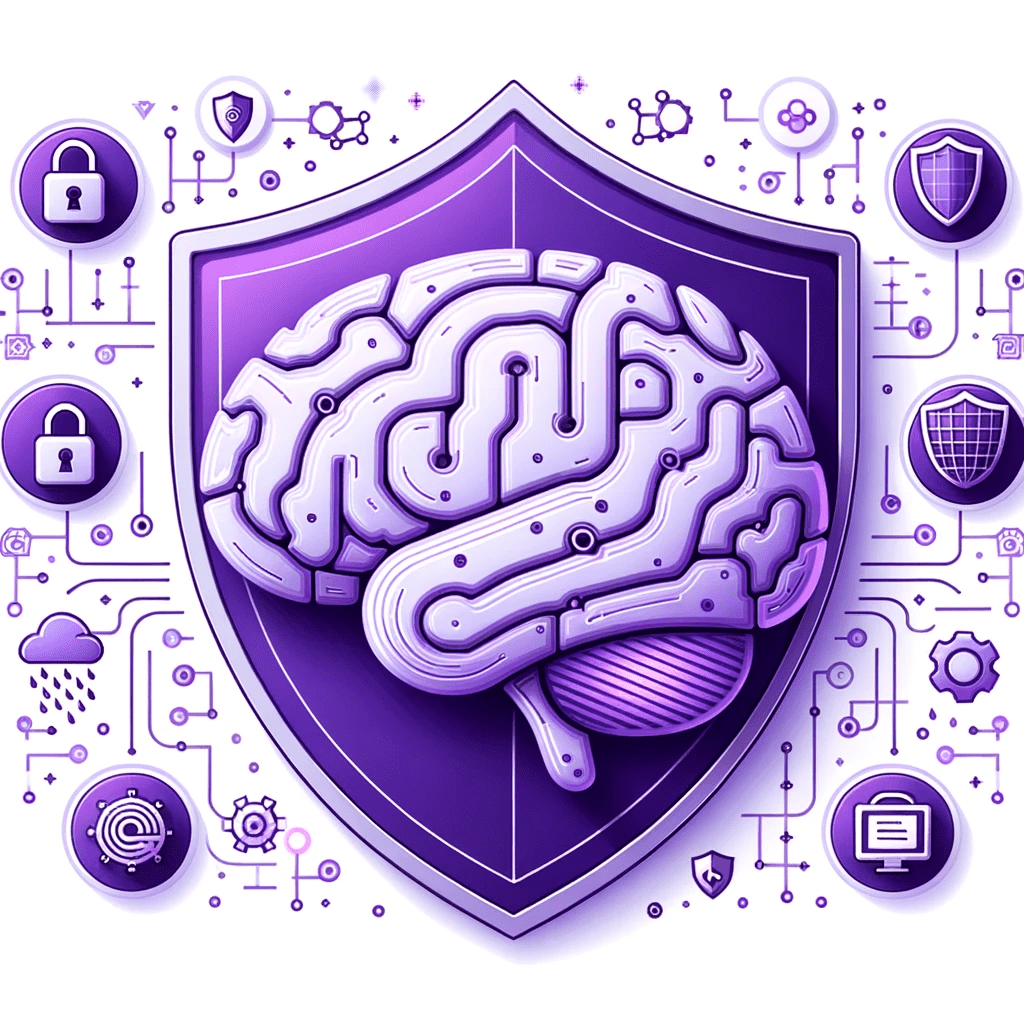In today’s rapidly evolving digital landscape, the integration of Artificial Intelligence (AI) applications has revolutionized various industries, from healthcare to finance. However, as AI becomes increasingly prevalent, it brings with it a new set of challenges and vulnerabilities in the realm of cybersecurity. This article delves into the potential risks associated with AI applications and provides insights on how organizations can fortify their digital defenses.
VULNERABILITIES IN AI APPLICATIONS
AI applications rely heavily on complex algorithms and data-driven decision-making. While this grants them unparalleled capabilities, it also exposes them to vulnerabilities. Hackers with malicious intent can exploit weaknesses in these algorithms to manipulate AI systems, leading to inaccurate predictions or biased outcomes. Additionally, AI applications are susceptible to adversarial attacks, where subtle alterations to input data can trick AI models into making incorrect judgments.
DATA PRIVACY AND AI
The cornerstone of AI’s functionality lies in the massive amounts of data it processes. Consequently, data privacy becomes a paramount concern. Organizations must ensure robust data protection mechanisms to prevent unauthorized access, leakage, or theft of sensitive information. A breach in data privacy not only jeopardizes an individual’s personal information but also undermines the integrity of AI applications.
MODEL POISONING
Model poisoning is a tactic where attackers manipulate the training data of an AI model to introduce malicious behavior. This can lead to incorrect predictions or actions, thereby compromising the reliability of AI applications. Preventive measures like data validation, secure model updates, and continuous monitoring are essential to mitigate this risk.
LACK OF EXPLAINABILITY
Many AI models operate as “black boxes,” meaning their decision-making processes are difficult to interpret or explain. This lack of transparency can be exploited by hackers to introduce malicious inputs that evade detection. Organizations should focus on developing AI models with explainable AI techniques, allowing for better scrutiny and identification of anomalous behavior.
EVOLVING THREAT LANDSCAPE
As AI technology advances, so do the tactics employed by cybercriminals. The use of AI by malicious actors to launch cyberattacks poses a significant challenge. AI-powered attacks can adapt and evolve rapidly, making them harder to detect and mitigate using traditional cybersecurity measures.
SECURING THE AI ECOSYSTEM
To mitigate the risks associated with AI applications, organizations must adopt a comprehensive cybersecurity strategy. This strategy should encompass robust encryption techniques, multi-factor authentication, regular software updates, and employee training to foster a culture of cybersecurity awareness.
UNVEILING CYBERSECURITY RISKS OF AI APPLICATIONS: NAVIGATING SAFELY IN THE ERA OF ARTIFICIAL INTELLIGENCE
While AI applications offer unprecedented advantages, they also introduce new dimensions of cybersecurity risks. Safeguarding these applications demands a proactive and multi-faceted approach that combines technological measures with a deep understanding of the evolving threat landscape. By addressing vulnerabilities, enhancing data privacy, and ensuring explainability, organizations can navigate the intricate interplay between AI and cybersecurity, fortifying their digital assets for the future. Stay vigilant, stay secure, and embark on the AI journey with confidence.
SEEKING AID? WE WILL LEAD YOU THROUGH THE PROCESS.





